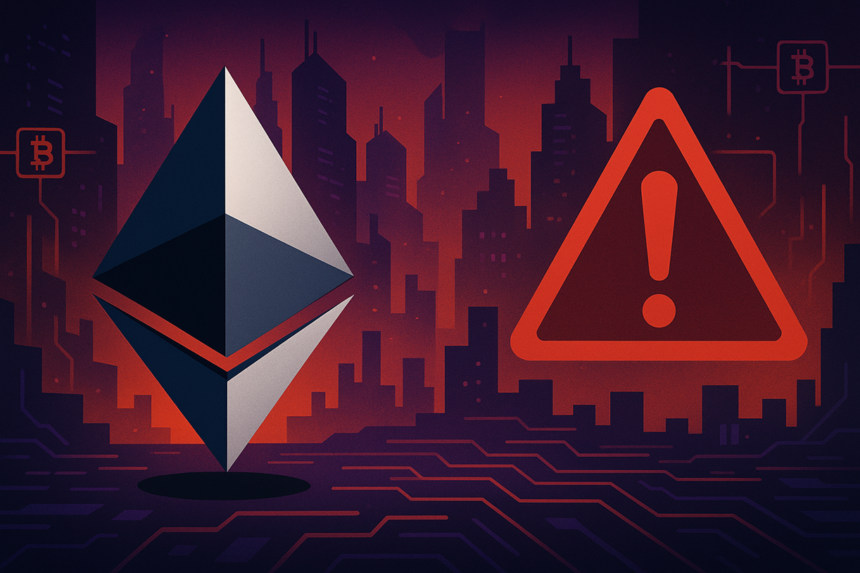
In a pair of
Ethereum price has nothing to do with utility
Szabo’s central argument is resolute. “The fundamental problem with ETH valuation is that Ethereum’s primary use cases are largely unrelated to ETH’s market value.” In his view, Ethereum “could be very useful” and its applications “could yield great returns.” However, “ETH may still be low, or vice versa. There is little correlation between the two.”
He contrasted this with Bitcoin, whose “primary use case is a store of value that is closely tied to price,” adding, “Bitcoin’s basic design is much better suited to this use case, so ETH cannot emulate that and has to rely on other use cases that are not as well tied to price.” For Szabo, the key is structural. Ethereum’s utility does not reliably translate into ETH’s value capture, while Bitcoin’s purpose and price are intertwined by design.
Szabo’s statement, which returned to X in late September 2025 after five years, came in response to Watkins’ a. Researchers look at the market from the opposite angle, arguing that investors routinely over-engineer layer-1 valuation models, while pricing and narrative do the heavy lifting. “Time and time again, I see people overthinking L1 valuations,” he wrote, tying the last part of ETH’s strength into narrative pivots rather than spreadsheet innovations.
Why has the price of ETH tripled since April?
“The only difference between $1400 ETH and $5000 ETH was Bitmine.” “Ethereum was a dying platform,” he said in April. Today, “this is a stablecoin chain and the next ‘Bitcoin-like’ opportunity for institutions.” The lesson he draws is straightforward. “They say price drives the narrative.”
Crucially, Watkins does not claim that these narratives are legitimate, but rather highlights the gaps they fill. “The point here is not whether this is justified. The point is that the lack of an agreed-upon valuation methodology creates a vacuum that only narratives and associated frameworks can fill.”
He presents the competing bull case as an open hypothesis rather than a conviction: “Is the bull case for ETH a benchmark for global GDP? What about being a ‘programmable Bitcoin’ that is essentially valuable? How about both? The truth is, no one knows.”
He said, “So what happens when the market becomes fixated on relative values and narratives? BTC is $2 trillion. So who’s to say ETH shouldn’t be 50% of that? It provides a superset of Bitcoin features, right? ETH is $500 billion. Why shouldn’t SOL be more than 100% of that? Almost the entire economy.” It is an excellent product with greater traction in the field. “Metric system.”
He dismisses this as a “wacky” exercise, but it’s useful for exploration. “We can theorize all we want or explore the environment in front of us.” Until the basic principle is reaffirmed: “Don’t overthink.” In his last sentence, he clearly defines the edge: “There is tremendous competitive advantage in assets that penetrate the mainstream consciousness and persist over time. It’s a game of flow and narrative until the party stops.”
Both views can be true at the same time. While the market may continue to price ETH primarily through narrative and relative value, the question Szabo raises – whether Ethereum’s design can actually bridge a durable link between network utility and token value – remains unanswered. For now, the debate itself is a signal. ETH is moving through a cycle where awareness of purpose as well as measurable cash flow analogs set the tone.
At press time, ETH was trading at $4,701.92.

Featured image created with DALL.E, chart from TradingView.com

editing process for focuses on providing thoroughly researched, accurate, and unbiased content. We adhere to strict sourcing standards and each page undergoes diligent review by our team of top technology experts and seasoned editors. This process ensures the integrity, relevance, and value of the content for readers.










